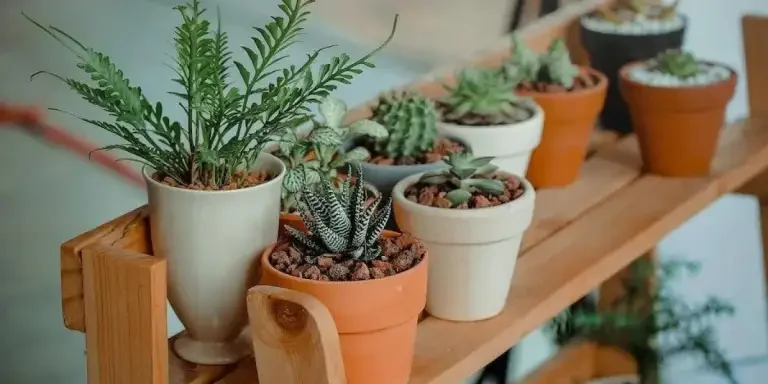With micro gardening on the rise, now is the perfect time to ensure one can offer customers what they need to enhance their living spaces. These days, the emphasis is on environmentally friendly greenery that adds relaxation, calmness, and peace of mind.
Businesses can start stocking for the planting season by discovering the most pleasing garden pots and planters for 2022-2023.
Table of Contents
A brief overview of the garden pot and planters industry
Seven great pots and planters for gardening in 2022-2023
Things to consider before buying a garden pot or planter
Wrapping up
A brief overview of the garden pot and planters industry
Decorative planting has rapidly become popular over the years, and recent data show the industry doesn’t seem to be slowing down soon. The global garden pot and planters market was worth $978.70 million in 2020. It’s expected to expand to $1.5 billion by 2030, with a CAGR of 4.3% over the forecast period.
Vertical gardens and plants in households are in high demand due to uncertain environmental factors. Consumers need flower pots to maintain freshness in their spaces, especially in the cramped and polluted environmental conditions of urban cities.
There is also a push towards horticulture and nursery, which helps to drive the garden pot and planters industry’s expansion.
Seven great pots and planters for gardening in 2022-2023
Ceramic
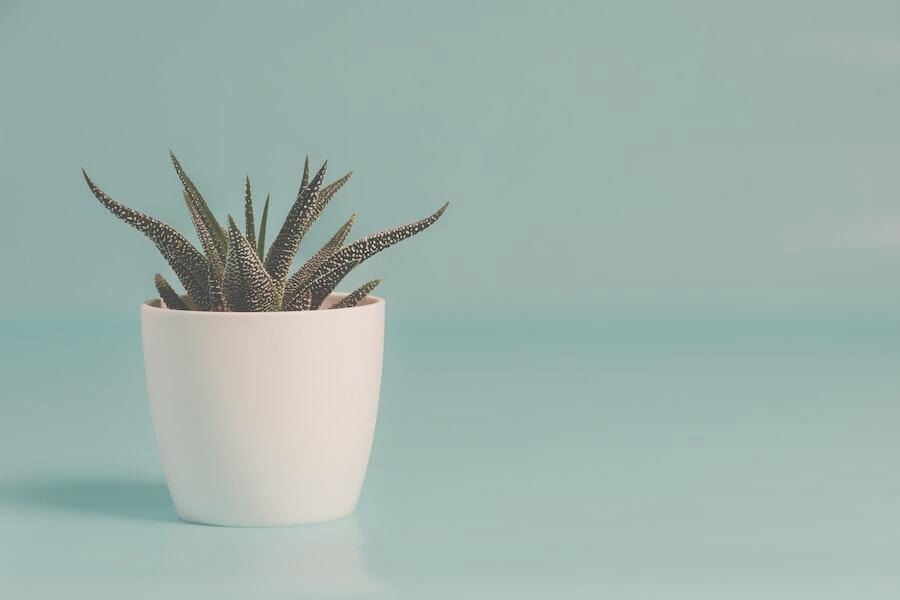
Clay-based materials are classic for planting pots, and ceramics are one such classic. These pots have lacquer coat glazings that prevent soil from drying out fast.
Most ceramic pots come without drainage holes, keeping the plants always moist. Retailers can expect consumers with stagnant water-compatible plants to purchase these ceramic pots. Unfortunately, the list of such plants is not very long.
But, businesses can still sell ceramic planters to consumers that dedicate to monitoring water and soil levels, making it possible to grow various plant species. Alternatively, retailers can offer ceramic pots with drainage holes to save consumers some trouble, but the glazed body will keep the soil moist.
Ceramic pots are ideal for consumers looking to plant houseplants compatible with evenly moist soil.
Terracotta
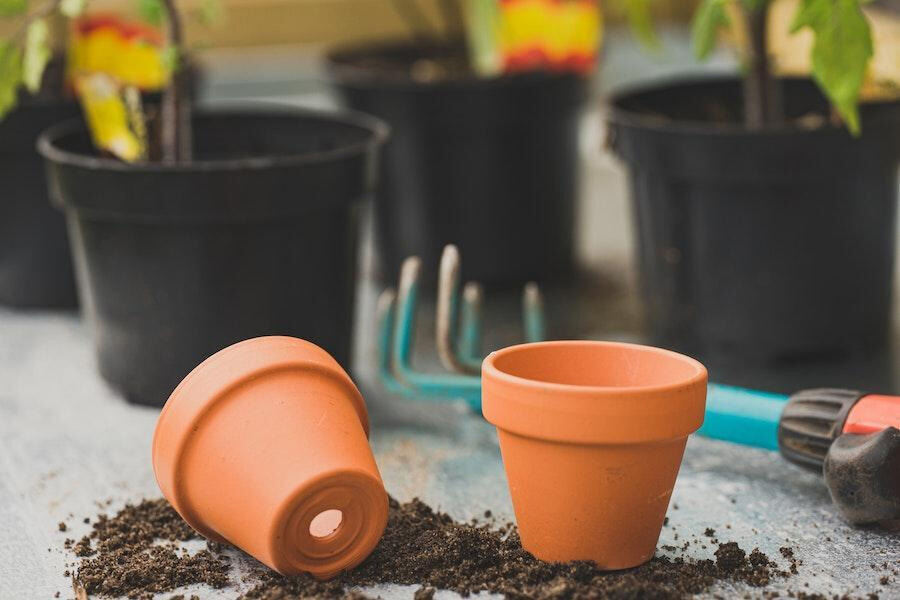
Terracotta is a timeless staple in the world of garden pots. They’re the most recognizable pots with reddish-brown looks that are popular as planting containers. Terracotta pots are usually unglazed, with some featuring only glazed insides.
Despite the pot’s popularity, terracotta doesn’t offer ideal habitats for all plants. However, their warm and neutral color can make plants look fantastic. Unlike glazed ceramics, terracotta pots use porous materials that allow more air and moisture to permeate the soil.
They also contain big drainage holes on their base. Plants that can thrive in terracotta pots include those that need moisture control. Gardeners that handle houseplants from arid climates will love this pot.
Wood pot planters
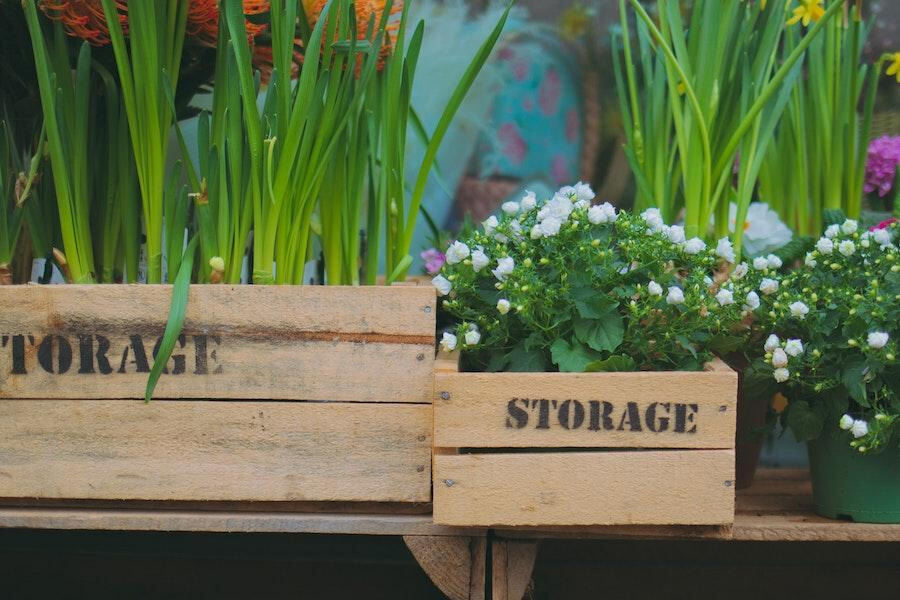
Wood pot planters combine fancy and natural to make beautiful home decorations. Retailers can offer different styles ranging from classic to super modern. The sizes also vary according to the consumer’s needs.
A high-quality wooden pot features the right type of wood mixed with proper construction. They can last for extended periods when maintained well.
Cedar is an excellent wood type for making pot planters. They’re durable and common for wooden pots. Redwood and teak are other fantastic alternatives that offer similar properties.
Wood pot planters are ideal for consumers who love the DIY feel. Sellers can make things special by offering wooden planters requiring assembly. But, it should take minimal effort and basic tools to build to avoid discouraging consumers.
Plastic pot
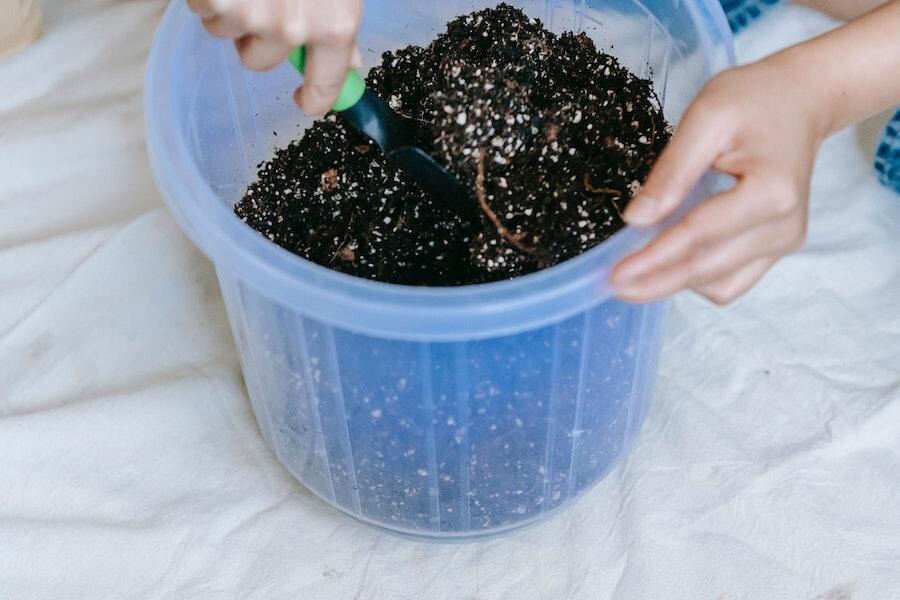
There’s nothing more diverse for planting than plastic pots. This diversity includes various plastic pots ranging from cheap and boring to attractive and expensive. Regardless of quality, plastic pots are incredibly practical pieces.
That’s not all. Plastic pots are not as heavy as ceramic or terracotta and can host different styles and shapes. Some designs can replicate concrete, stone, or terracotta aesthetics.
Plastic planting pots are also flexible. Retailers can merchandise them in different patterns and various finishes ranging from high-gloss to matter. These pots are ideal for consumers interested in outdoor planting and would look great on verandahs and balconies.
Fiberglass containers
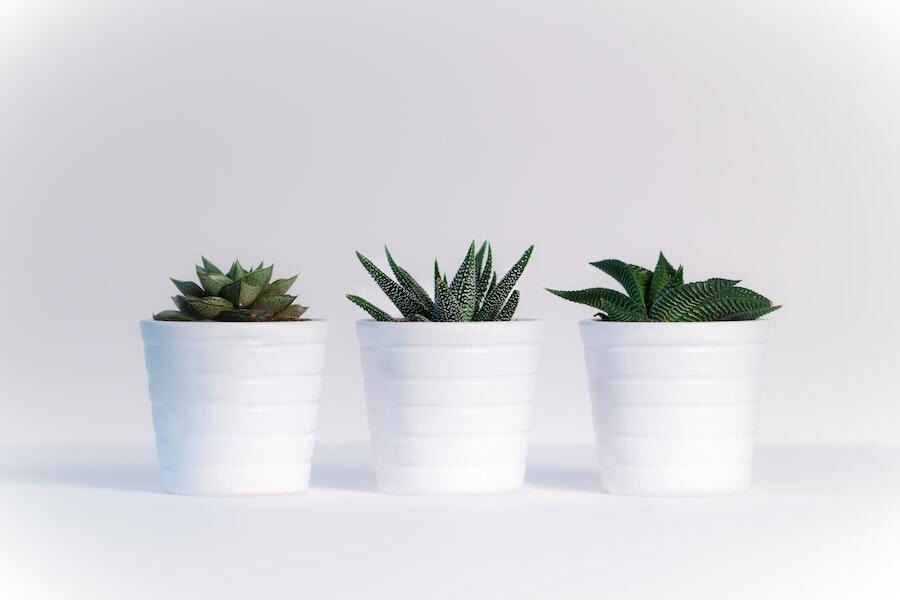
Like plastic, fiberglass containers are also synthetic and lightweight. These planting pots comprise reinforced spun glass fiber composite secured with resin. Fiberglass containers are durable and stylish planters that come in various shapes, colors, finishes, and sizes.
Some may even mistake fiberglass containers for wood, terracotta, or concrete because of their versatility. Businesses should also consider purchasing fiberglass containers with drainage holes.
More importantly, these containers can easily complement spaces with different aesthetics. Retailers can even provide garden enthusiasts with custom shapes to create the perfect match.
Fiberglass containers are the go-to for consumers looking to run designer gardens.
Hanging baskets
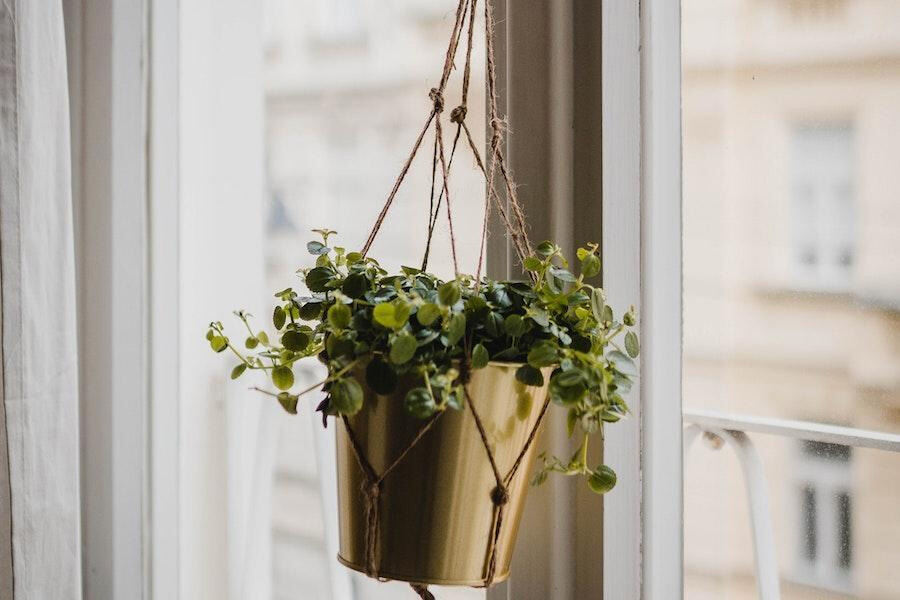
Something is appealing about hanging baskets containing different plants. These exquisite pieces are excellent home decors that add a touch of creativity to living spaces.
Sellers can supply hanging pots in various sizes, colors, and styles. Decorative plants are a hanging basket’s specialty as they can easily elevate the houseplants’ aesthetics. These baskets also feature ropes, chains, or other materials to suspend from ceilings.
Consumers with limited garden spaces can still have greeneries and flowers in their homes with hanging baskets.
Concrete containers

Some of the most stunning planting containers are concrete. “Elegant” is the word that best describes these containers. They offer several nuanced colors and shapes that can make any home stand out.
However, concrete containers are heavy and almost impossible to move around. But the elevated aesthetics of concrete pots will attract consumers who don’t mind the extra weight.
These containers are also incredibly porous, allowing quick evaporation or absorption of water. Concrete is durable and reliable enough to make excellent outdoor decor pieces.
Things to consider before buying a garden pot or planter
Durability
Businesses must consider the durability of garden pots before purchasing.
High durability always translates to lower resource consumption for consumers. For example, using foam boxes in hot wet climates won’t be effective. They won’t last long and will probably need several replacements before the season runs out.
Businesses should stock long-lasting and sustainable pieces. They’ll keep consumers happy and help sellers avoid bad reviews.
Cost
Retailers can stockpile several planters in different price ranges. However, they must stick to their budget when purchasing bulk garden pots.
Businesses can opt for durable containers like plastic to attract gardeners with a larger budget. Alternatively, sellers can take the high road and invest in more expensive pots for more sophisticated consumers.
Environmental impact
Some pot construction processes and materials require a lot of natural resources, leaving a considerable environmental footprint. Others have a lesser environmental impact because they use fewer resources.
Sellers can consider stocking planters and pots made from sustainable materials, especially for consumers that prioritize environmental impact.
Wrapping up
Pots, containers, and baskets overflowing with plants can add appeal to any living space. They are not for decoration purposes only. Pot planting is the go-to for consumers with little or no garden space.
No doubt, almost all plant species can grow successfully in pots and containers. So gardeners limited to a small yard, balcony, or space can still grow various plants and vegetables.
Businesses must stock up on these must-have garden pots and planters to provide gardeners with irresistible offers.
